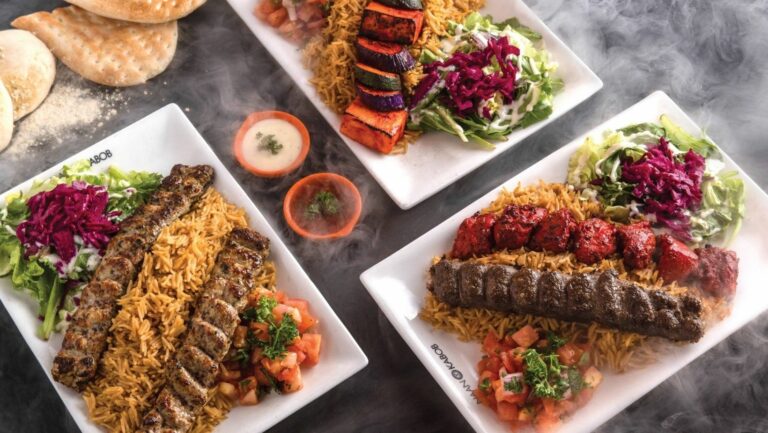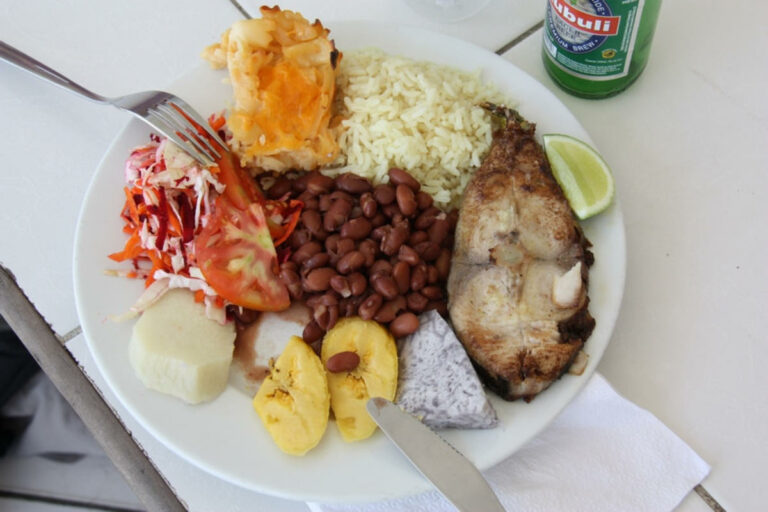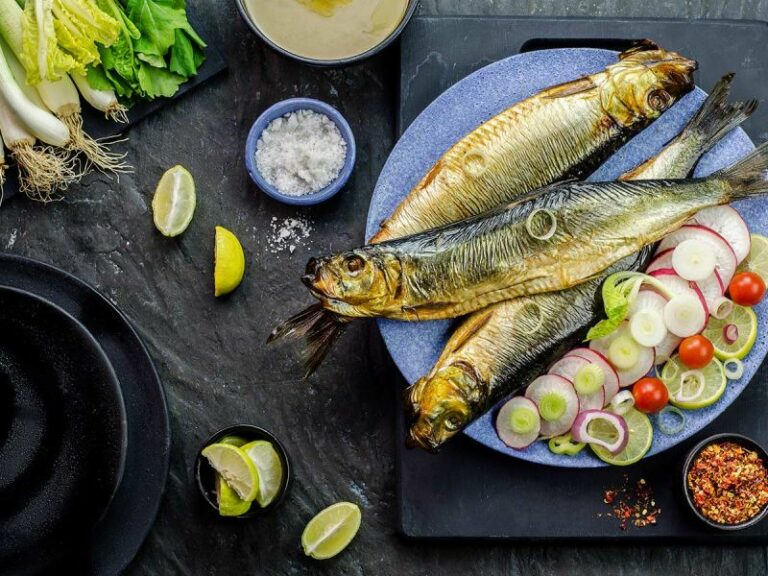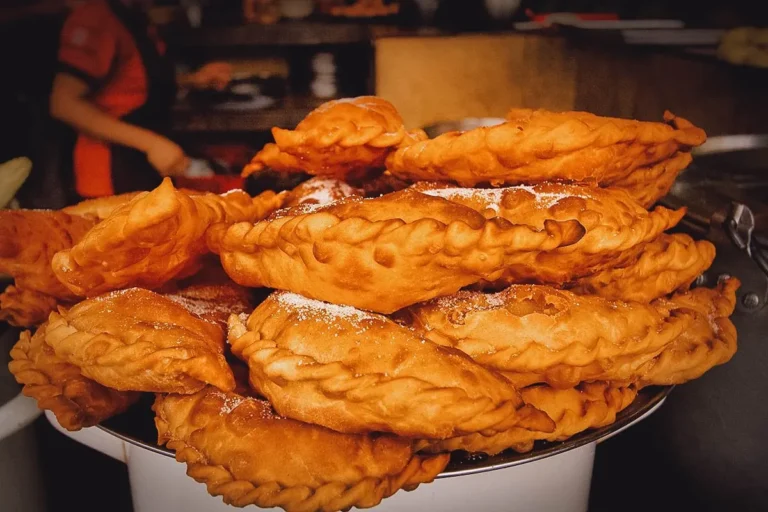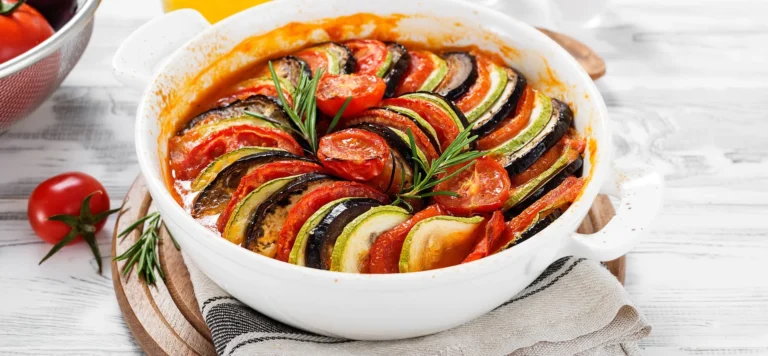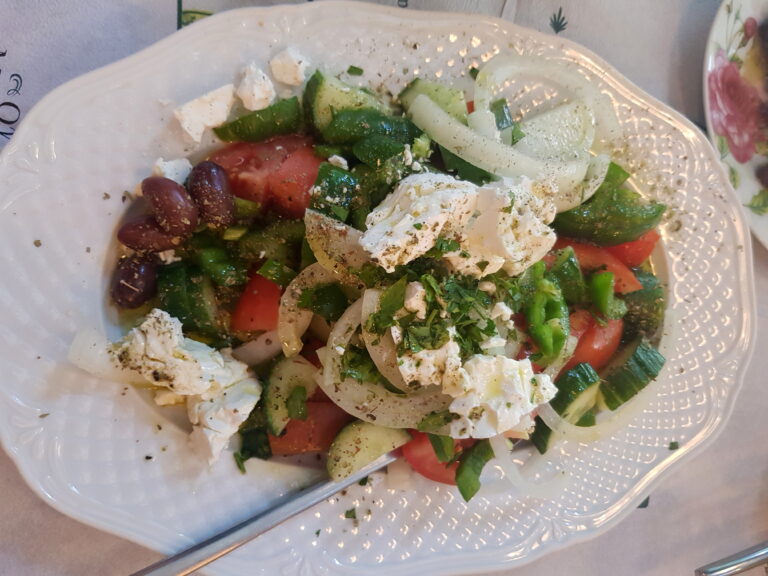Introduction: Afghanistan’s Street Food
Afghanistan’s street food scene is a delightful mix of flavors, aromas, and textures. From Kabul to Kandahar, you can find a wide range of delicious dishes being cooked and served on the sidewalks and markets. Street food in Afghanistan is not just about satisfying hunger but also about experiencing the country’s rich culinary heritage and meeting the locals.
The Role of Street Food in Afghan Culture
Street food plays a significant role in Afghan culture. It is an essential part of daily life and a way to socialize and connect with others. Afghan street food is also a reflection of the country’s history and diverse influences, from the Persian and Indian cuisines to the Central Asian and Middle Eastern flavors. Street food vendors are often small business owners, and their trade supports their families and communities.
Afghan Street Food: A Fusion of Flavors
Afghan street food is a fusion of flavors that will excite any food lover’s taste buds. The dishes are often a mix of meat, vegetables, herbs, and spices, cooked on open flames or grills. Some of the most popular street food in Afghanistan includes kebabs, samosas, mantu (meat dumplings), bolani (stuffed flatbread), and ashak (leek-filled dumplings). The food is typically served with a variety of sauces, chutneys, and pickles.
The Must-Try Dishes of Afghanistan
If you’re exploring Afghanistan’s street food scene, there are a few dishes that you must try. One of the most popular is the kabob, which comes in many varieties, from lamb to chicken to beef. The mantu, which is a steamed dumpling filled with spiced ground beef and topped with yogurt and tomato sauce, is also a must-try. Bolani, a savory flatbread stuffed with potatoes, spinach, or pumpkin, is another delicious choice.
Exploring Kabul’s Street Food Scene
Kabul’s street food scene is a food lover’s paradise. The city has countless food carts and vendors selling everything from kabobs to ashak. Some of the best places to explore include the Chicken Street, which is famous for its grilled chicken, and the Kabul Night Market, which comes to life after sunset. The market offers a wide range of street food, from sweet pastries to spicy kebabs.
Street Food in Herat: A Gastronomic Delight
Herat is known for its rich cultural heritage and delicious street food. The city’s street food scene is a gastronomic delight, with a mix of Persian, Central Asian, and Indian flavors. Some of the must-try dishes in Herat include the tandoori naan, which is a type of flatbread cooked in a clay oven, and the shor nakhod, a chickpea stew served with fried bread.
Kandahari Street Food: Bold and Spicy
Kandahari street food is known for being bold and spicy. The city’s cuisine is heavily influenced by its Pashtun heritage, and the dishes often feature meat, spices, and herbs. Some of the popular street food in Kandahar includes the chapli kebab, which is a spicy beef patty, and the kaddo bourani, a dish made with pumpkin, yogurt, and meat sauce. The city’s street food scene is bustling, with vendors lining the streets and markets.
The Future of Afghanistan’s Street Food Industry
The street food industry in Afghanistan has faced many challenges, from political instability to health and safety concerns. However, things are slowly changing, and the industry is evolving. There are initiatives to improve hygiene and regulation, and more vendors are using social media to promote their businesses. The future of Afghanistan’s street food industry looks bright, and it is an exciting time to explore the country’s culinary hotspots.


